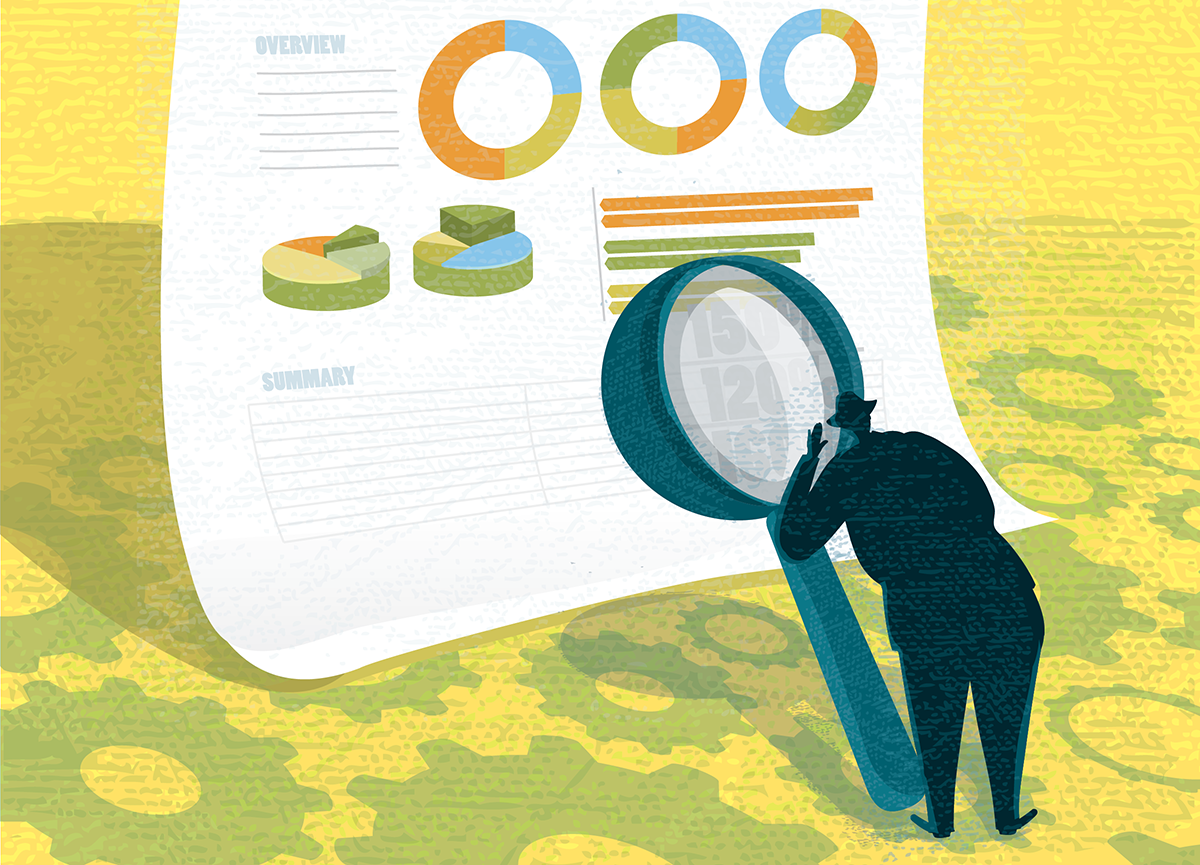The settlement between the Securities and Exchange Commission (SEC), Nissan Motor Co., and Carlos Ghosn offers a rare glimpse into the steps that were taken to make sure the more than $140 million paid to the ex-chairman wasn't disclosed publicly.
That's because many of the claims against Nissan and Ghosn haven't been detailed in public documents in Japan. The charges against Nissan, Ghosn, and Greg Kelly, the other ex-Nissan executive charged with financial crimes, don't offer specifics, and their trial isn't due to start until next year. Ghosn also faces charges in Japan related to money flows in the Middle East.
In the SEC settlement, Nissan was fined $15 million over the allegations, while Ghosn, 65, was hit with a $1 million penalty, the SEC said in a statement Monday. "We are pleased to have resolved this matter in the U.S. with no findings or admission of wrongdoing," Ghosn's defense team said, adding that they will "vigorously fight the criminal case in Japan and pursue his claims against Nissan around the world."
Nissan, based in Yokohama, said in a statement that it cooperated fully with the SEC.
Even so, the SEC's complaint offers the clearest picture yet of some of the methods allegedly used by Ghosn, Kelly, and Nissan to hide compensation and payments made to the fallen auto titan. Here are some of key details:
Disclosure Rules Changes
Because of an impending change in Japan's disclosure rules in 2009 for corporate directors, "Ghosn became concerned about criticism that might result in the Japanese and French media if his total compensation became publicly known," the SEC said.
Every year from 2011, a senior employee "would prepare for Ghosn's approval a document summarizing Ghosn's total fixed compensation, his paid compensation that was being disclosed, and his remaining compensation that was not paid and was not being disclosed," the complaint said. About $94 million of Ghosn's undisclosed compensation was determined in this manner, the agency said.
Payout Methods
In order to pay out the undisclosed compensation, "Ghosn and his subordinates sought multiple ways to pay his undisclosed compensation through Nissan-related entities without disclosure," the complaint said. While they considered paying this out using Nissan subsidiaries, they instead decided to postpone the payments for a later undisclosed date, according to the agency.
The total remuneration, paid remuneration, and postponed remuneration were tracked each year in a spreadsheet, according to the SEC. A Nissan employee "showed or provided to Ghosn the reports he prepared each fiscal year to set Ghosn's total, paid, and postponed compensation, as well as the spreadsheets he maintained and updated each year that tracked the same information," the complaint said.
Another plan to pay out the undisclosed compensation emerged in 2013, when Ghosn and his subordinates sought to use Nissan's long-term incentive plan (LTIP) to release cash to the former CEO, according to the SEC. Although Ghosn hadn't participated previously in the incentive plan, an employee of the automaker prepared backdated letters that granted Ghosn compensation under the plan for the amount of undisclosed agreed-upon compensation.
"The backdated LTIP award letters were intended to ensure Ghosn would receive payment on the postponed compensation that had been omitted from Nissan's director compensation disclosures," the complaint said. The funding for the plan's payments came from a pool of money called the CEO Reserve, and in order for the CFO to sign off on the payments, he was "falsely told that the LTIP awards were a broad-based grant to numerous Nissan participants rather than that the vast majority was for Ghosn and included exchange rate protection on the inflated retirement allowance," the document said.
Boosted Retirement Allowance
Separately, Ghosn used another method to increase his compensation: boosting his retirement allowance by more than $50 million, according to the SEC. Ghosn and his subordinates backdated retirement award letters in order to increase his compensation, and then sought to make the changes in the accounting record, the agency said. Because the increase in retirement would have to be made public, they decided to make the changes by saying it was a miscalculation, the SEC said.
"Sometime afterward, Ghosn's subordinates, including Kelly, took steps to have Nissan's finance department record the pension increase in Nissan's accounting systems, including by falsely informing Nissan's CFO that the increase was the result of a mistake at the Secretariat's Office," the complaint said.
© 2025 ALM Global, LLC, All Rights Reserved. Request academic re-use from www.copyright.com. All other uses, submit a request to [email protected]. For more information visit Asset & Logo Licensing.




